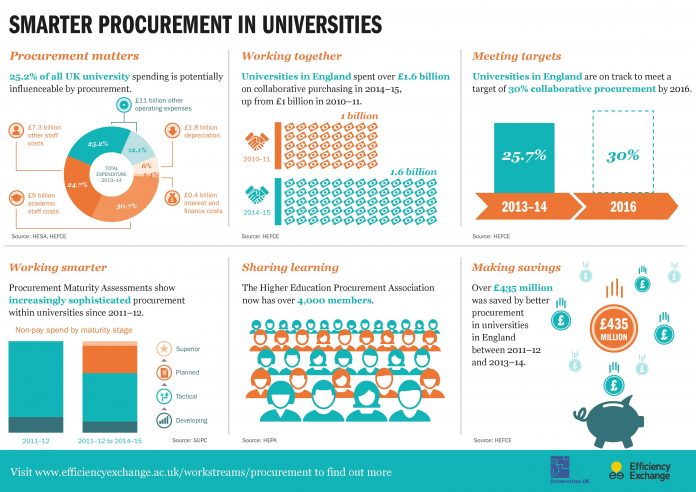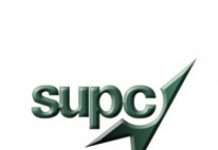Procurement Maturity Assessments (PMAs) provide a comprehensive “health check” for institutions’ procurement services. SUPC’s Susan Wright explains how over the past five years PMAs have shown how procurement within universities is becoming increasingly sophisticated and shares which institutions are doing it well.
Since the inception of the procurement maturity programme more than three years ago, we have seen significant progress in procurement maturity. Four English institutions are now displaying superior levels of maturity and several others are almost at this level. So what does superior procurement look like in an institution and how does this translate into efficiencies?
In a nutshell, a mature procurement organisation has moved beyond the age-old supply mantra of the five ‘rights’; buying the right quantity of the right goods, at the right time, with the right supplier, at the right price. Institutions with mature procurement have systematic processes and procedures in place that align the procurement process and policies to the strategic objectives of the organisation. The procurement function in these institutions can demonstrate, through measurement, the contribution and efficiencies that procurement is making towards the strategic objectives.
Analyse then prioritise
A cornerstone of mature procurement is a full understanding of the institution’s spend and supplier profile. Many institutions use a bespoke spend analysis tool that codes suppliers by category and can also code individual purchases. This allows the procurement department to fully understand any potential supplier risks in terms of financial exposure, sustainability (including corporate social responsibility) and market reliance, etc. Once these risks are understood the procurement department can then prioritise its activities to focus on the high risk, high spend suppliers and categories. Such an approach ensures that scarce procurement resource is used most efficiently and effectively.
A mature procurement department will have excellent internal customer relationships and communication, with procurement staff who fully understand the supply market and future trends. To achieve this, procurement staff normally specialise in particular categories and this forms the basis of the widely used term ‘category management’. Procurement professionals who have a detailed knowledge of the supply market will work closely with their key internal departments to fully understand their current and future procurement requirements and then develop the most appropriate procurement strategies / approaches to deliver the best outcome for the institution.
Co-ordinated procurement = greater savings
The University of Cumbria, for example, worked hard to develop stronger ties with its senior management team; this led to increased buy-in to professional procurement right across the organisation. Stronger internal relationships enabled the procurement team to improve their customer relationships and reap the benefits of good category management. Cumbria saw their percentage savings increase from under 2% to over 14% between their two procurement maturity assessments.
Similarly, the University of Birmingham began the journey towards implementing more strategic procurement and established a board of key spending and academic directors, that have started to deliver coordinated procurements which have high-level endorsement. They have started the journey to delivering even greater procurement efficiencies.
Many other institutions are also starting to enjoy the efficiencies that proactive and more mature procurement can deliver. Cumbria evidenced a significant increase in procurement savings but more typically institutions have been reporting an increase in percentage savings of a few percent as they progress up the maturity scale.
Susan Wright is the head of the Southern Universities Purchasing Consortium (SUPC)








